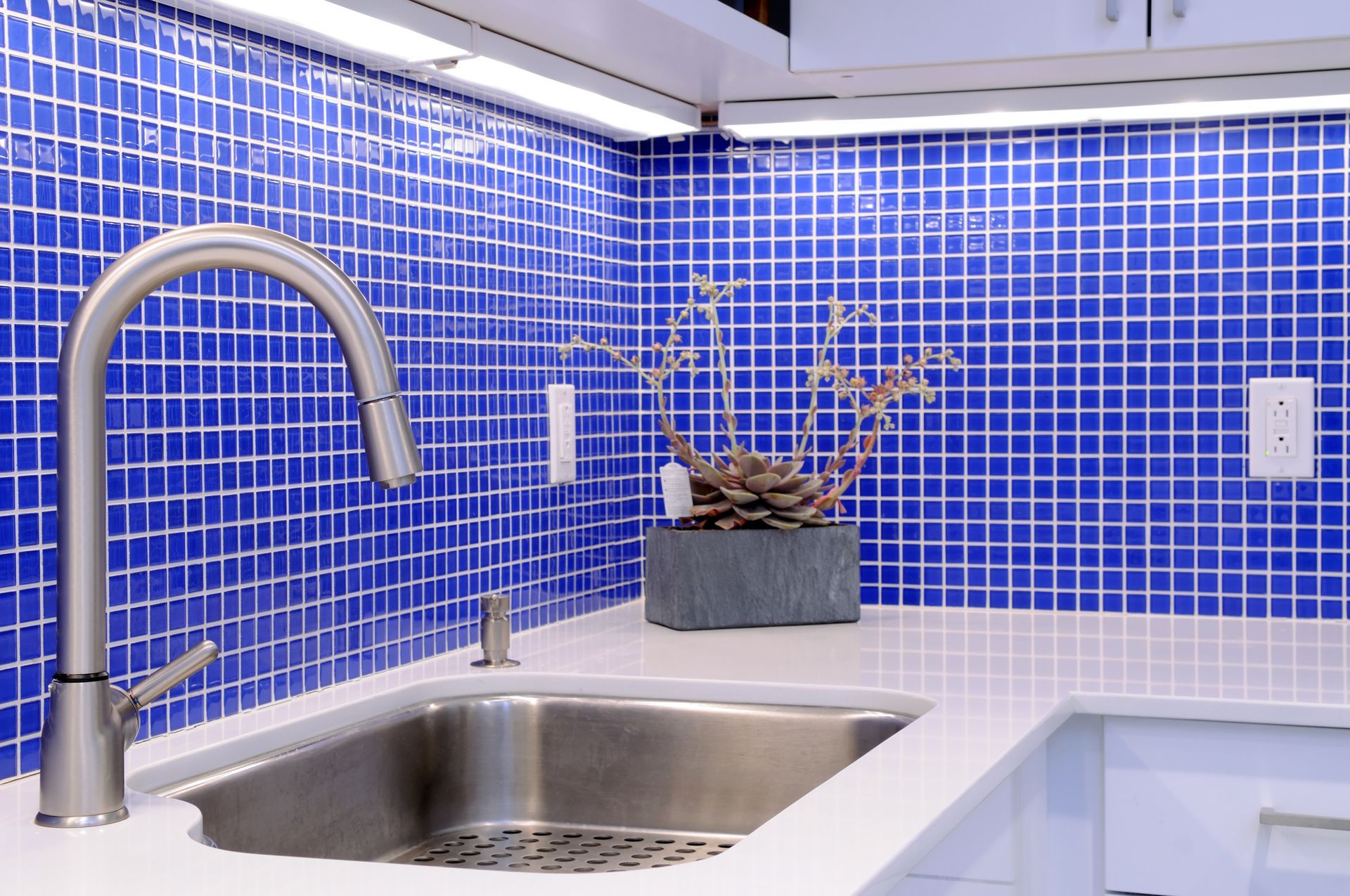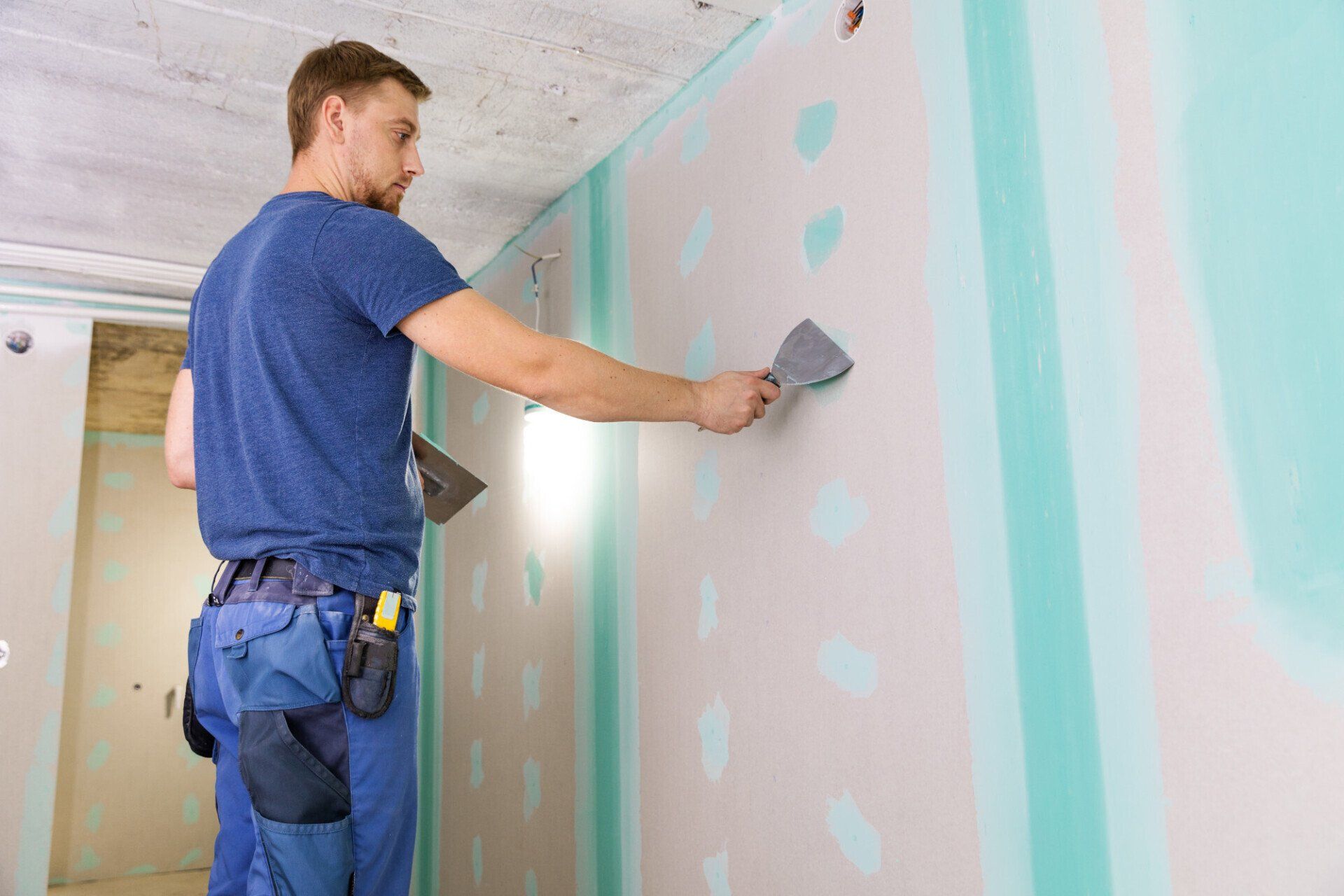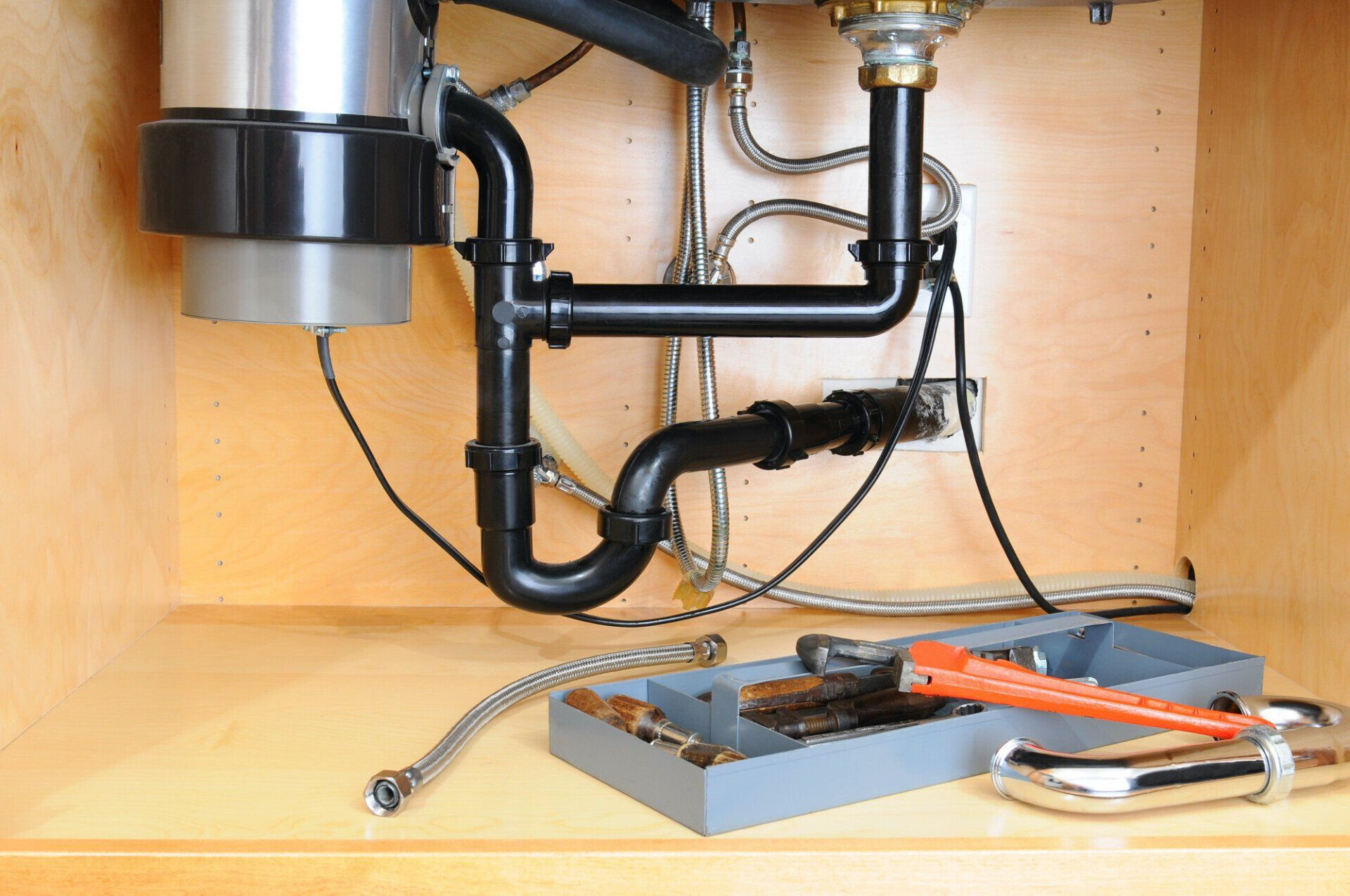A Homeowners Guide to TV Installation
Are you wondering where and how to install your television at home? Here's a complete homeowner's guide to TV installation.
Around 96.2% of American households had at least one television in 2021.
TVs are a source of entertainment and news, which is why we love them in our homes. They are often the focal point of a communal space.
But they take up a lot of space if left free-standing. They're also more easily knocked over, and even more easily stolen. To solve all of these problems, many look to mount their TVs onto one of the walls in the room.
But this kind of TV installation can seem tricky if you've never done it before. Keep reading this TV guide to perform the perfect home installation!
What You'll Need
If you want to install a TV at home, you'll need these tools to get the job done. Most of these are things you probably already have if you do your own repair jobs. If not, you should be able to buy or borrow them pretty easily:
- Stud finder
- Power drill
- Various drill bits
- Level
- TV mount
- Painters tape
- Someone to assist
You'll need the stud finder to make sure you're mounting your TV on a stud. The drywall isn't strong enough to support the weight of a TV, so if you don't use a stud finder, you're going to end up with a broken TV and collapsed wall.
The power drill and drill bits help you get the job done a lot faster. Technically, a screwdriver would work too.
A level and painters tape will help you plan out where exactly you need to place the mount. This will make sure you're lining it up perfectly.
The TV mount is obviously important. A lot of new TVs even come with a mount included in the purchase. If yours didn't, take note of the TV make and model, as well as its size and weight.
There are a few different types of TV mounts, so you should make sure you've settled on where you're going to position the TV before buying one.
An extra set of hands is also always a good idea since TV installation needs a lot of heavy lifting.
Choosing the Right Spot
Sometimes the TV looks bigger or smaller when it's free-standing than if you put it on a wall. Get a friend to hold up the TV in the spot you're considering before you start mounting it.
Consider where you're most likely to sit or stand in the room when watching the TV. Look out for glares from windows that might distort your view.
If you're mounting the TV high up, you'll want to tilt it downwards slightly. If you're going to view the TV from eye level, then hanging it flat will be fine.
If the room already has a strong focal point like a fireplace, it's a good idea to mount the TV above it. This way you don't split the focal points of the room, and they instead flow into each other.
Mounting the TV
Once you've settled on the location, you can begin your TV installation.
Using the stud finder, locate the studs in the area of the wall on which you're wanting to mount the TV. Once the finder signals a stud, use the painter's tape to mark where it is.
Once you know where the stud is, you're going to drill the pilot holes. Pilot holes help ensure the screw goes where you want it to when you secure the bracket later.
Your partner can hold up the mount while you mark off where the holes should be. Once you've marked them off, use a level to make sure they're in line before you start drilling. A masonry drill bit is ideal for drilling pilot holes.
Now that you've got your pilot holes, you can attach the mounting bracket. It's easier if one person holds the bracket in place while the other secures it with the power drill and mounting screws.
Once the bracket is all set up, it's time to get the TV ready. Remove the stand from the TV and attach the mounting plate. Once it's secure, you can slide the mounting plate into the bracket on the wall.
And it's as easy as that! But you're not done yet. For best results, test the TV to make sure everything works as it should. You don't want to pack away all your equipment just to bring it all out again a few hours later.
Once the TV is definitely working, consider your cable management strategy. Mounted TVs usually have a few cables running in different directions. Some people opt for cable covers, while others run the cables behind their wall so it's completely out of the way.
Hiring a Professional
While you don't necessarily need to hire a professional when you install a TV at home, it can be the better option.
Professionals are experts at finding the studs and using the tools. They're strong enough to do the heavy lifting themselves, and they'll get the job done right.
So even if you can do the installation yourself, a professional can do it a lot faster. And you know they'll do it right the first time. If you do something wrong, it can end up costing a fortune to fix.
Save time and money by hiring a professional to handle your TV installation. Check out our service page for more information.
Successful TV Installation in Your Home
Now that you've ensured a successful TV installation, you can enjoy the new focal point of your room.
A mounted TV means you create more space in the room, and keep your TV out of danger of being knocked or stolen. It's easy enough to mount the TV yourself (with the help of a friend), but if you're unsure about anything, hiring a professional might be a better option.
Contact us for all your home handyman needs!




